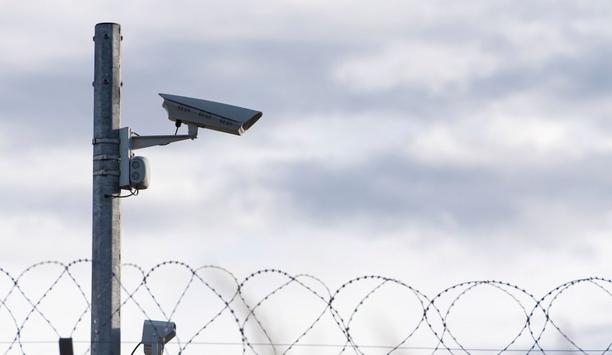 |
| Perimeter security at airports in the US to be worth about $25 million for the hardware and software |
In 2013, IHS Estimated electronic perimeter security at airports in the US to be worth about $25 million for the hardware and software alone, or about 9% of the perimeter security market in the US.
The breach at Newark went unnoticed for 24 hours, when security footage was reviewed and revealed the trespass. At the time of the incident, Newark reportedly had CCTV and motion sensors in place which alarmed; however, there was a significant delay in response. At the Phoenix Sky Harbour airport, no electronic perimeter security systems are in place, with the airport operator, instead relying on layered physical barriers, cameras and airport employees.
As of 2013, no update has been made for any guidelines surrounding the requirement for perimeter security at airports. Most of the requirements are for physical fencing, not electronic security. Additionally, the Transportation Security Administration (TSA) isn’t directly responsible for all security functions within an airport, and perimeter security is one of those areas. Perimeter security is primarily the responsibility of airport operators; however, the airport operators must adhere to certain security plans that meet Federal standards. The budget for perimeter security falls with the airport operator and is not funded by the TSA. Two examples of regulations that must be abided by include 49 CFR Part 1542 and 14 CFR 139.
Perimeter fence breaches occurred |
Overall, IHS expects that airports will continue to invest in perimeter security and the investment will be for technologies such as fence sensors, radars and video analytics – all sensor types which will not be impacted by the noise and vibrations of aircraft. Since many airports have a limited budget, they must work to win grants in order to procure such a solution. Manufacturers should continue to work with airport operators in order to provide the most cost effective solution and evidence of a solution’s reliability and proven probability of detection in real-life cases studies.


















